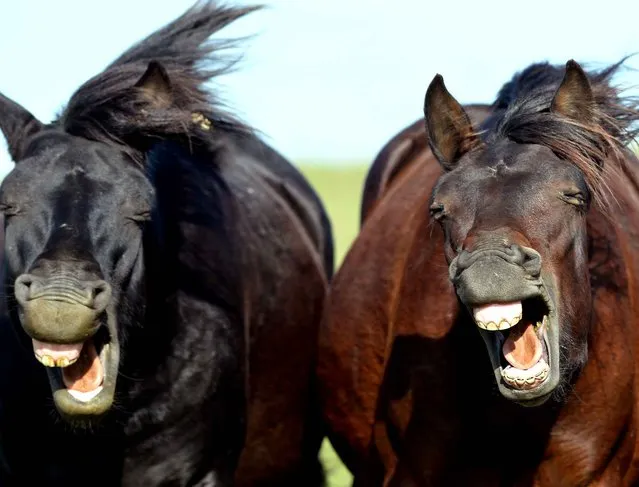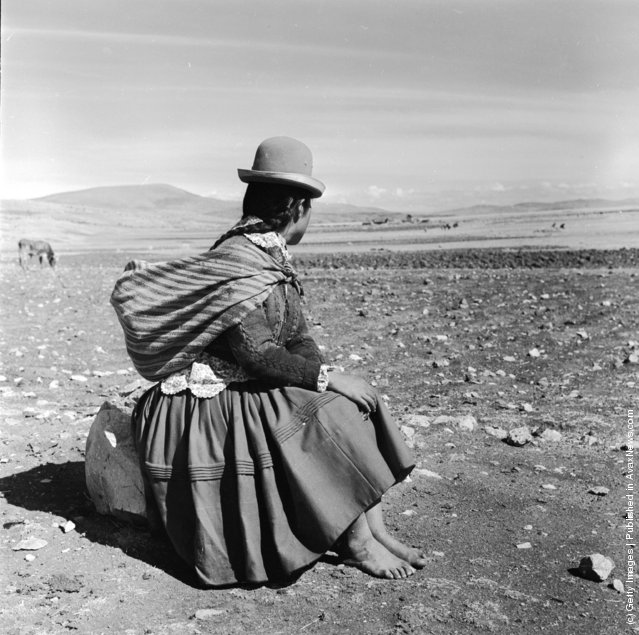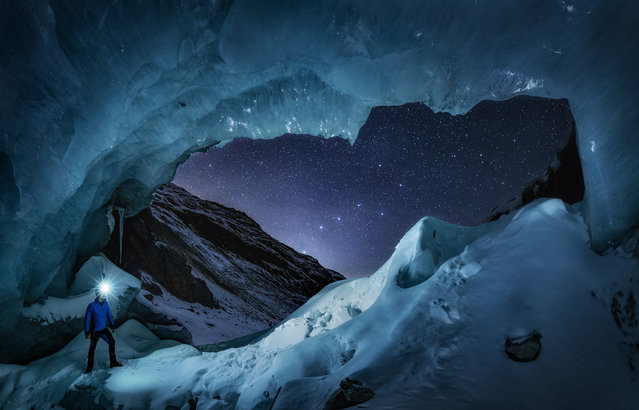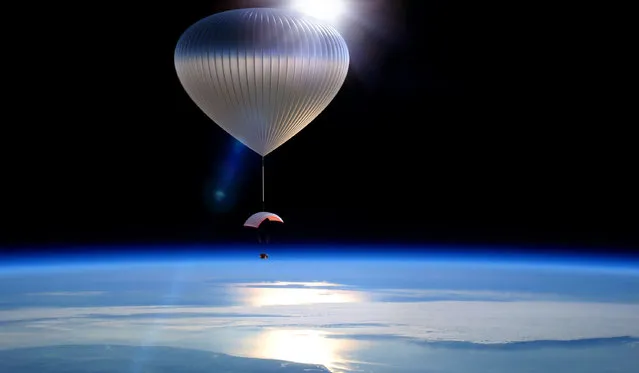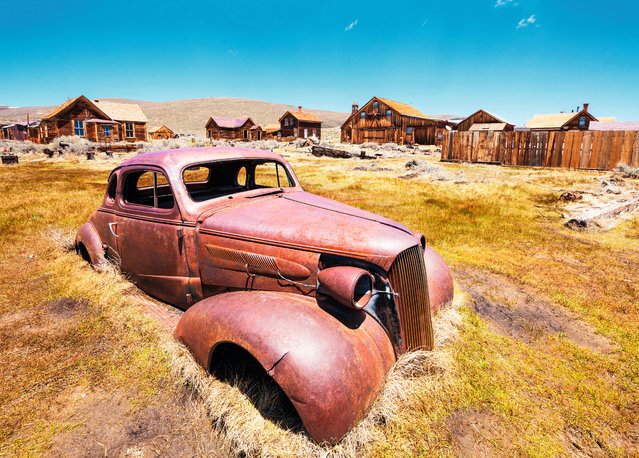
Bangladesh soldiers carry a woman survivor from the rubble at the site of a building that collapsed Wednesday in Savar, near Dhaka, Bangladesh, Thursday, April 25, 2013. By Thursday, the death toll reached at least 194 people as rescuers continued to search for injured and missing, after a huge section of an eight-story building that housed several garment factories splintered into a pile of concrete. (Photo by Kevin Frayer/AP Photo)
27 Apr 2013 09:26:00,post received
0 comments

